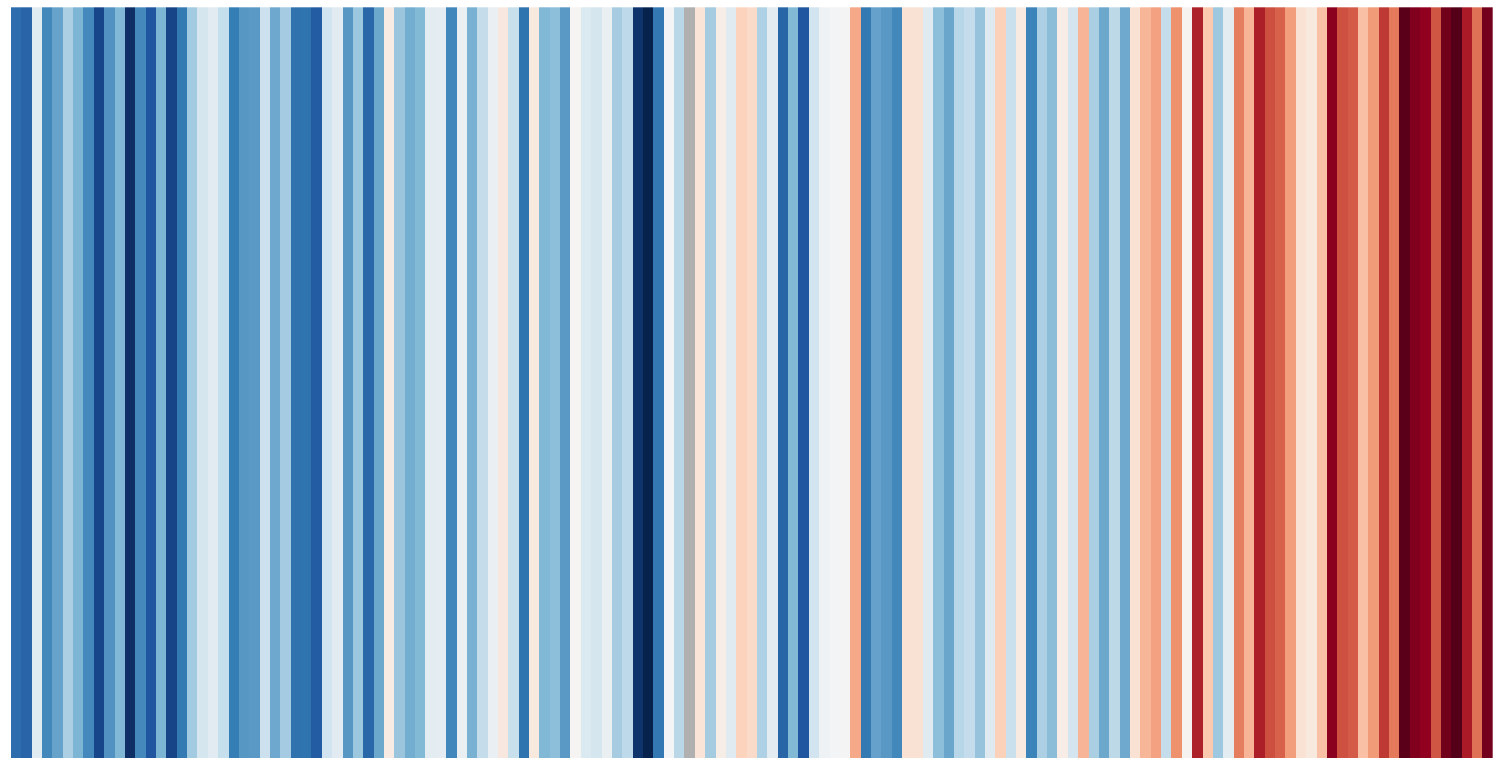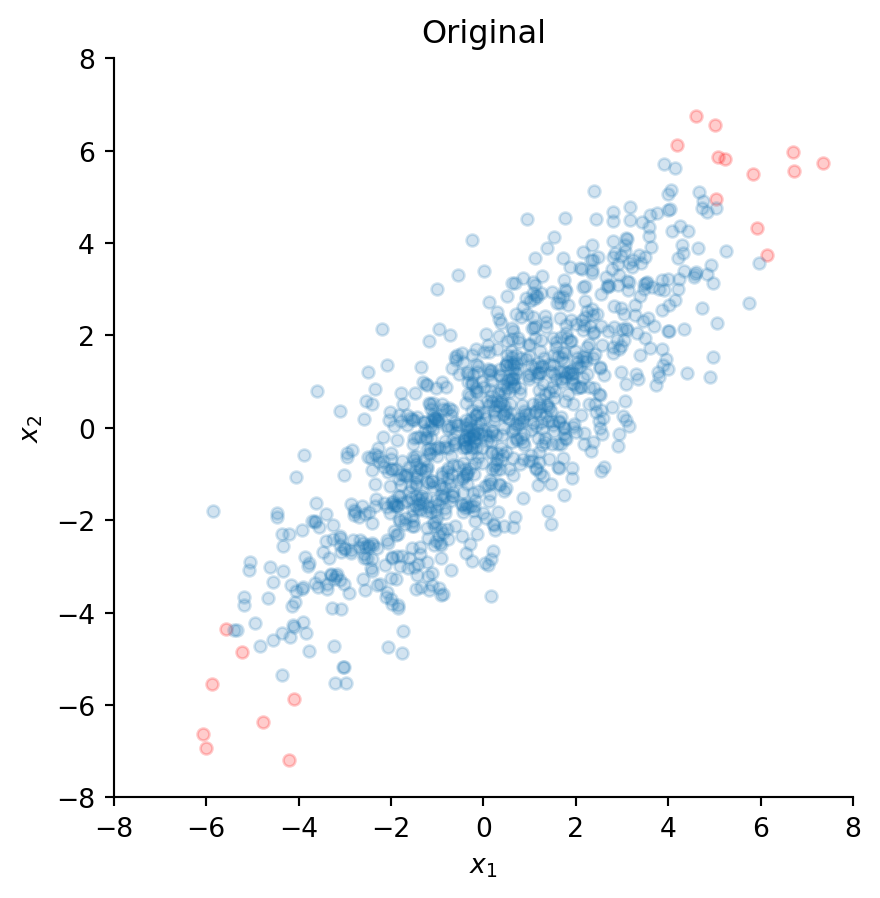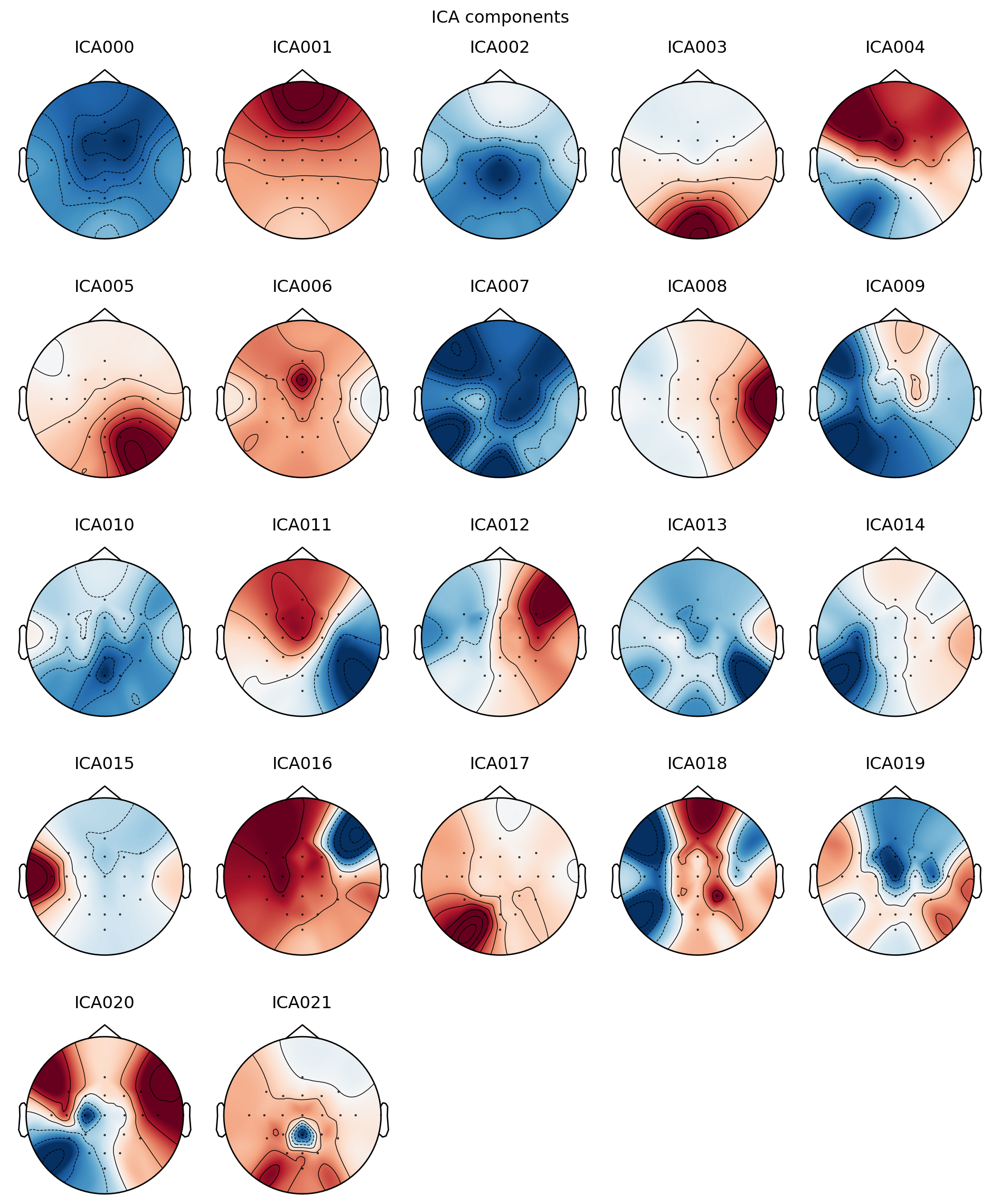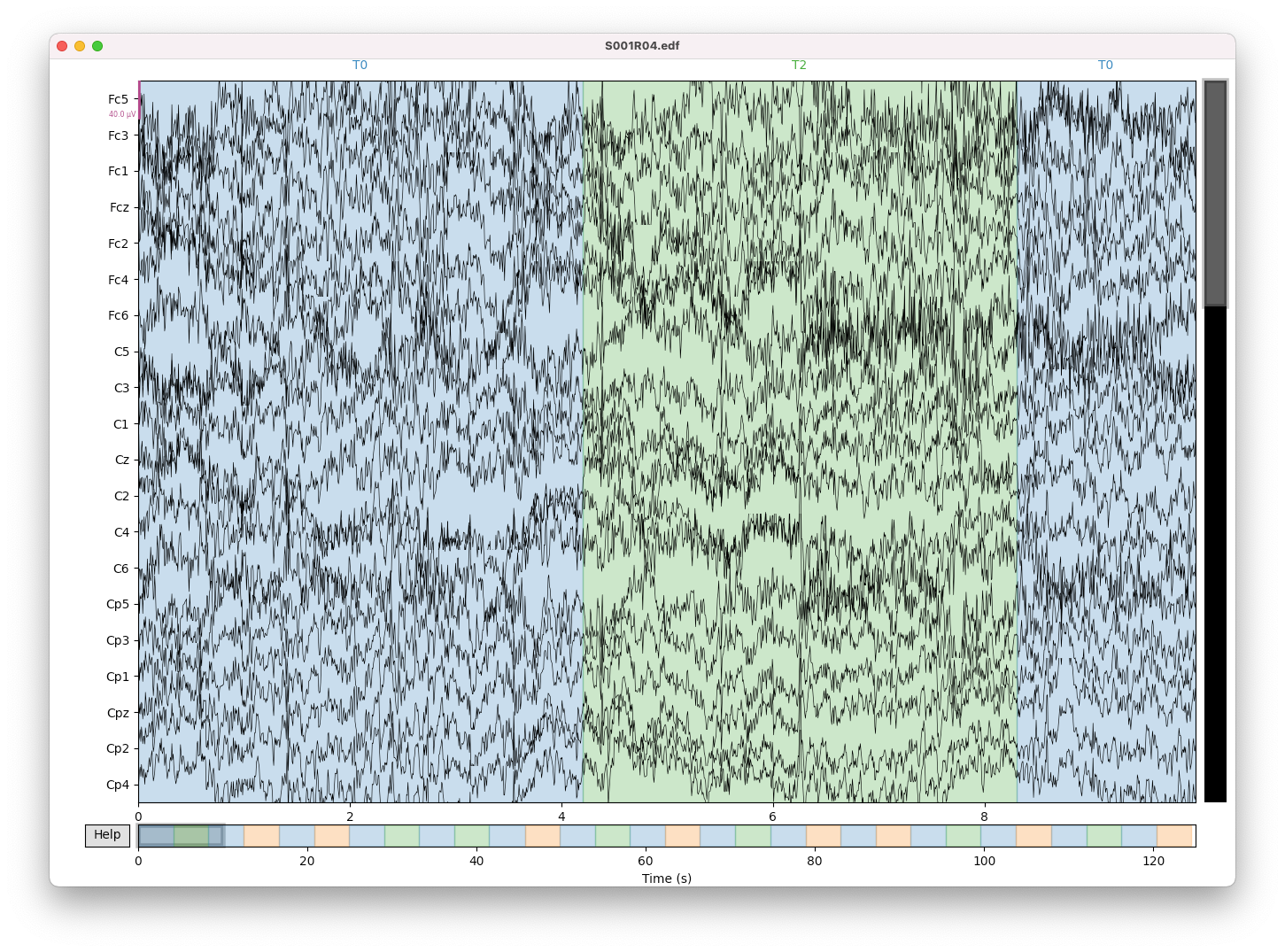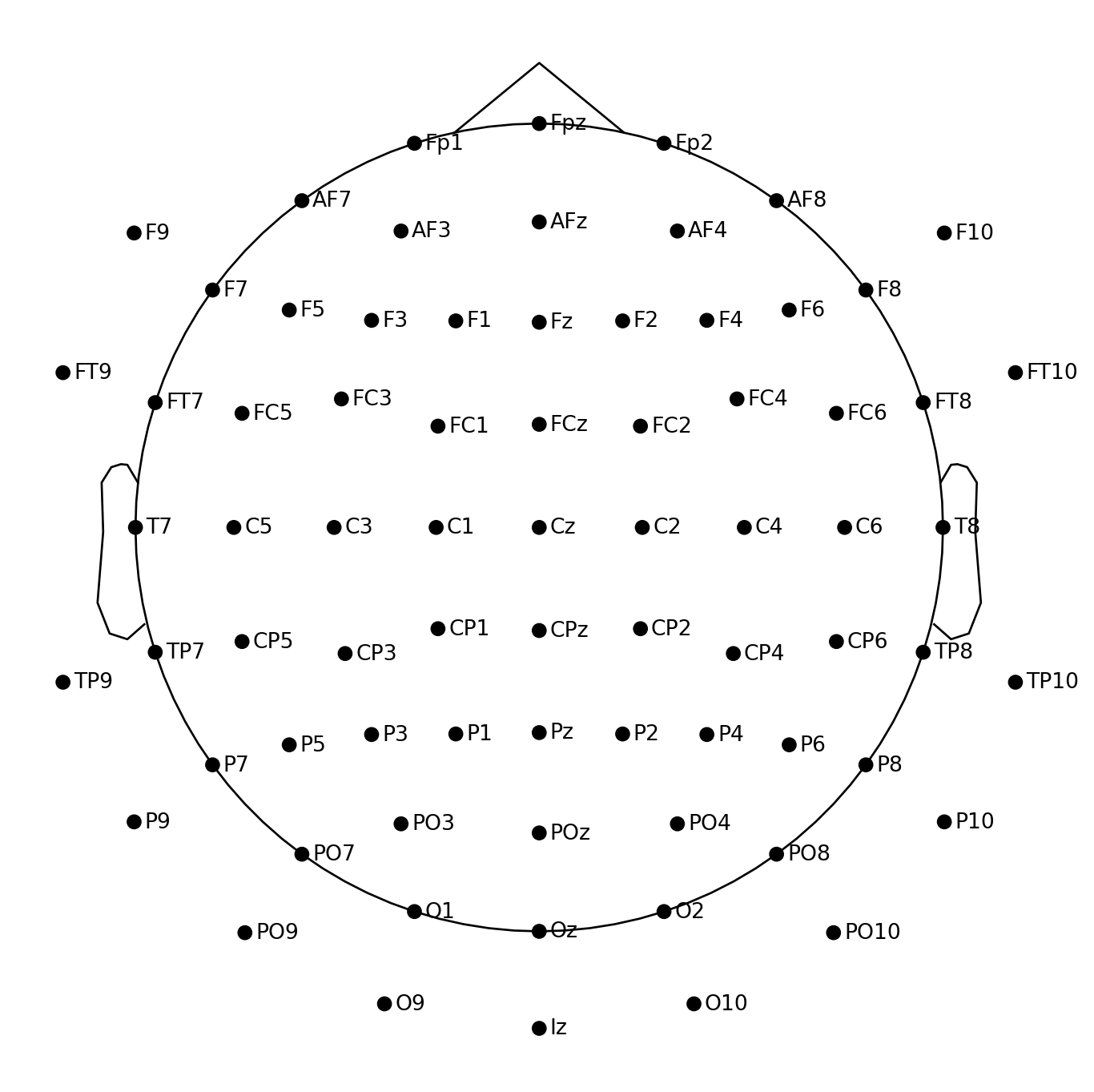Blog
Subsetting data frames in R
R
Basics
Removing Google Fonts from a Quarto website
Quarto
Web
Whitening with PCA and ZCA
Python
EEG
ICA
Removing eye activity from EEG via ICA
Python
MNE
EEG
EOG
Artifacts
ICA
Visualizing EEG data
Python
MNE
EEG
Artifacts
Importing EEG data
Python
MNE
EEG
No matching items


